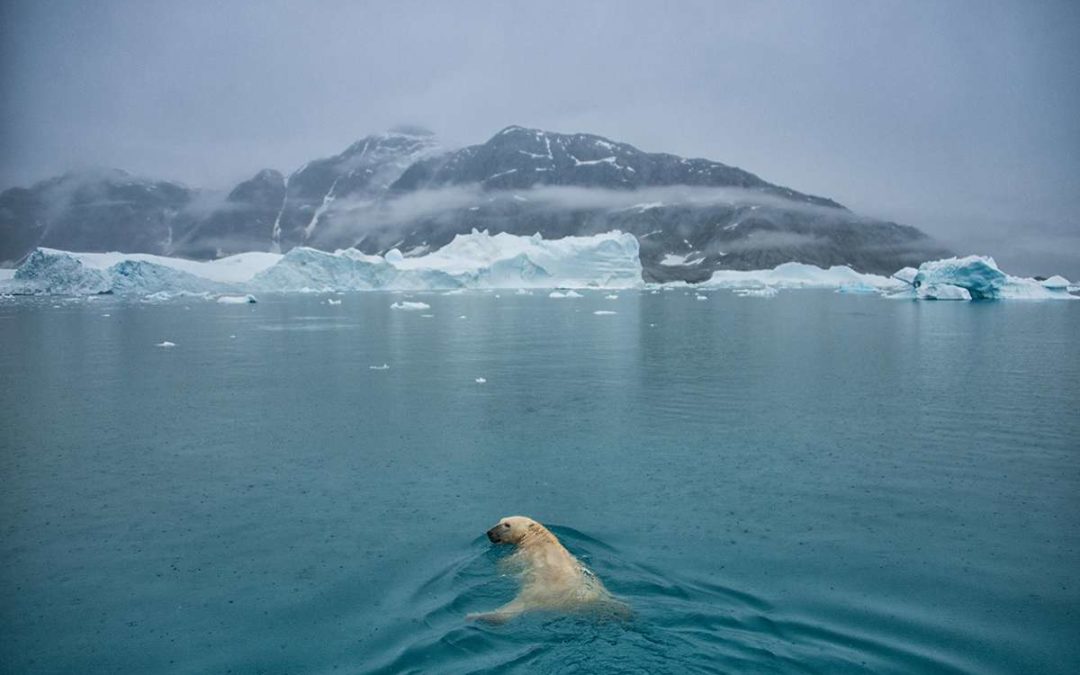SOURCE: New Scientist
DATE: March 7, 2019
DATE: Rain is becoming more common across Greenland’s ice sheet and it may be playing an important role in rising sea levels.
Greenland’s 660,000-square mile ice sheet contains enough fresh water to flood coastal cities around the world. Warm air over the sheet is causing it to melt, but new work reveals that rainfall is also causing more melting than previously thought.
An analysis of satellite and weather station records suggests that around 300 melt events in Greenland between 1979 and 2012 were linked to rainfall. Over this time, rain-associated melting became twice as frequent in summer, and three times as frequent in winter. Rain now appears to account for 28 per cent of the ice sheet’s melt.
When precipitation falls as rain, it causes some of Greenland’s ice sheet to be covered in ice rather than snow. Come the summer, this ice reflects less of the sun’s energy, exacerbating summer melting.
Historically, Greenland’s melt season has run between May and August, but rainfall means melting is now happening in winter too. “The rain events are extremely important because they are one of the only triggers for melting in winter,” says Marco Tedesco, of Columbia University in New York, who was involved in the analysis.

